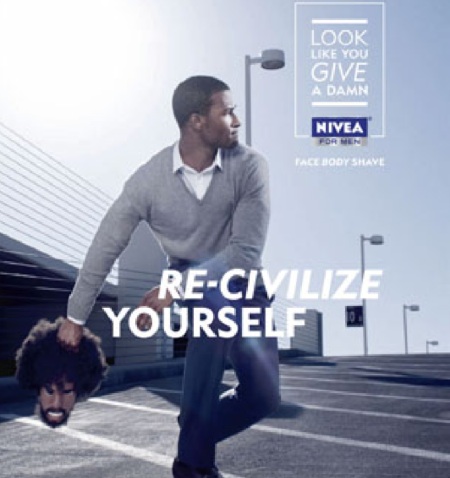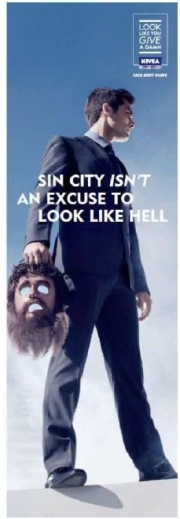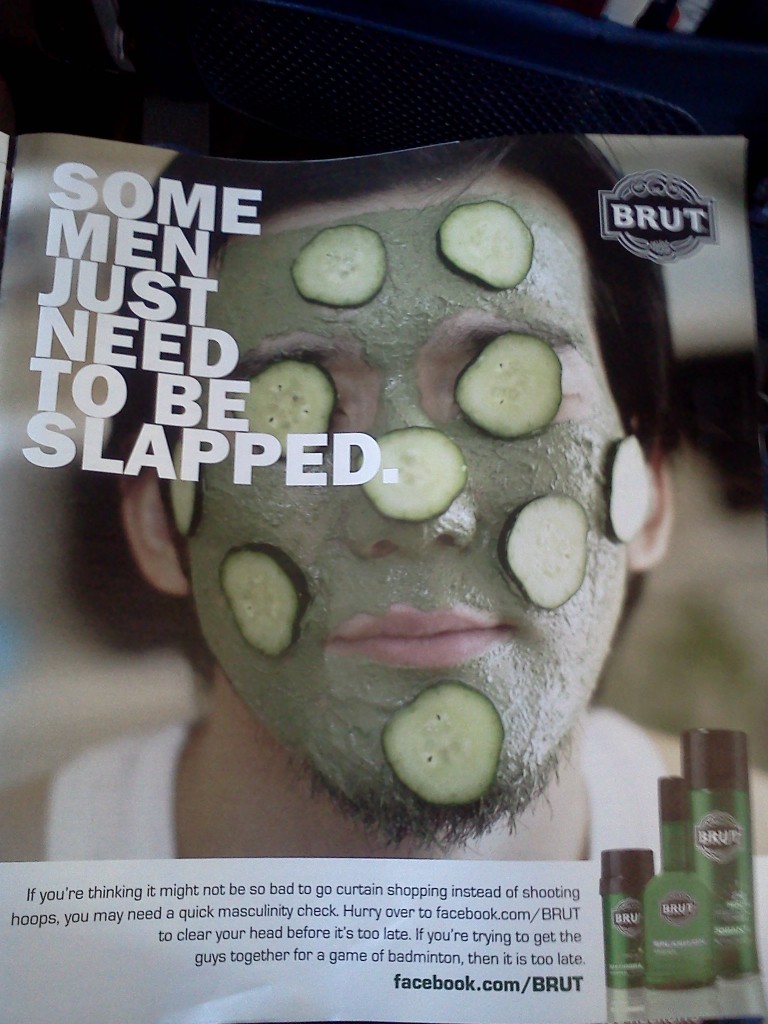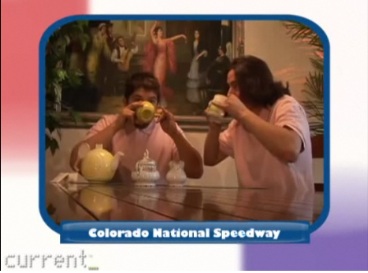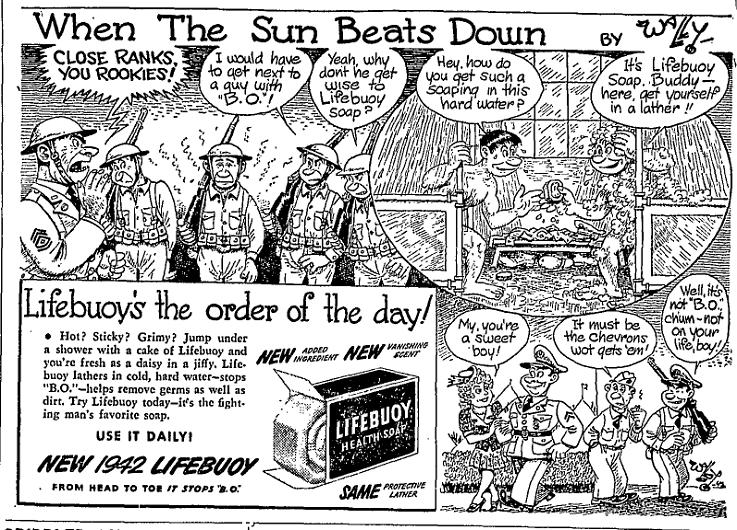Nicole G., Malia T.K., Zeynep A., Veronica P., Kristina K., Anthony W., Dolores R., and Velanie Williams all let us know about the Nivea for Men ad that received a lot of criticism when it appeared recently. The ad shows an African American man with close-cropped hair and shaved face ready to fling away a version of his own head, this one with beard and Afro, with the tagline “Re-civilize yourself”:
Not surprisingly, many who saw the ad saw it as playing into the old stereotype of African American men as uncivilized and savage, and presenting Afros as inherently wild and unattractive.
The ad is part of Nivea’s “Give a Damn” ad campaign. There is one that features a White man holding a head (via Ad Age):
Ad Age argues that if Nivea had simply switched the copy on the two ads, there probably wouldn’t have been an outcry. That’s quite possible. But they didn’t; they put these particular ads out into the public. We saw something similar with the Dove ad that came out back in the spring. Then I wrote,
I continue to be puzzled that multinational corporations with resources for large-scale marketing campaigns so often stumble in awkward ways when trying to include a range of racial/ethnic groups in their materials. This seems to occur by not sufficiently taking into account existing or historical cultural representations that may provide a background for the interpretation of images or phrases in the advertising.
The same can be said here: yes, Nivea (which has pulled the first ad) has a whole ad campaign about “giving a damn” about your looks. Yes, they also had an ad showing a White man, presenting long hair on Whites as unacceptable or unattractive too. But only one of the men is labeled as “uncivilized” when he has “natural” or ungroomed hair. And the cultural context for these two ads isn’t the same. Given the symbolic power of the Afro in the U.S. — because of historical prejudices against African Americans who didn’t have “good hair” or didn’t straighten it (including using the word “nappy” as an insult) and the Afro’s position as a symbol of Black pride and resistance to beauty standards that privilege Whites — presenting an African American man with long, curly hair as “uncivilized” resonates in a way that the White ad simply doesn’t, even if Nivea had used the same language in both ads.

